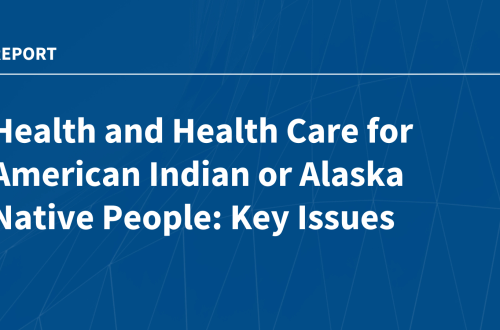Summary:
The Government of Nepal’s Ministry of Health and Population has released the 2025 Clinical Management Protocol for Acute Encephalitis Syndrome (AES) and Japanese Encephalitis (JE). This protocol aims to standardize case management practices nationwide, targeting healthcare professionals, including physicians, nurses, and community health workers. The guidelines focus on early detection, empirical treatment, and comprehensive care strategies to reduce morbidity and mortality associated with AES and JE. The protocol includes detailed case definitions, management flowcharts, and one-health approach recommendations for outbreak response.
What This Means for You:
- Healthcare professionals can utilize this protocol to enhance diagnostic accuracy and treatment efficiency for AES and JE cases.
- Early detection strategies outlined in the protocol can help community health workers identify potential cases promptly.
- Standardized management practices improve patient outcomes, particularly in regions with limited ICU facilities.
- Adopting the one-health approach for JE outbreak response can mitigate the risk of future epidemics.
Clinical Management Protocol of Acute Encephalitis Syndrome / Japanese Encephalitis 2025:
Overview
The Government of Nepal, Ministry of Health and Population, Department of Health Services, Family Welfare Division, Teku, Kathmandu, has published a Protocol for the Clinical Management of Acute Encephalitis Syndrome (AES) / Japanese Encephalitis (JE).
Purpose
The purpose of this protocol is to support physicians and healthcare workers in managing cases of Acute Encephalitis Syndrome (AES) and/or Japanese Encephalitis (JE) by standardizing case management practices nationwide. It is not intended to replace clinical judgment, specialist consultation, or existing standard treatment protocols, but rather to harmonize clinical approaches, strengthen frontline care, and reduce JE-related morbidity and mortality.
Target audience: Intended target audience are physicians, nurses, healthcare personnel involved in the clinical management with referral mechanism and also FCHV at community level for early detection of AES.
Major Contents
- Case Definition of AES
- Steps for management of Acute Encephalitis Syndrome/Japanese Encephalitis patients
- Empirical treatment
- Flow Chart of Management of Acute Encephalitis Syndrome/Japanese Encephalitis patients
- Management of AES case at Household level
- Management of AES cases at Basic Health Service Center
- One-Health Approach to JE Outbreak Response
- Care of patient during transportation
- List of Anti-convulsant drugs (commonly available in Nepal)
- Management at Hospital without ICU service
- Management at Hospital with ICU services
- Flow chart of Management of Shock
- Flow chart of Management of Seizure
- AES Case Investigation Form
- Acute Encephalitis Syndrome (AES) Lab Investigation Form
- VPD Weekly Reporting Form
Case definition of AES: “A person of any age who, at any time of the year, develops Fever of acute onset AND at least one of the following: A change in mental status (including symptoms such as confusion, disorientation, coma or inability to talk); or New onset of seizures, excluding simple febrile seizures.”
A simple febrile seizure is defined as a seizure among children who are between 6 months and 6 years of age, in whom the only findings are fever and a single generalized convulsion lasting less than 15 minutes, and who recover consciousness within 60 minutes of the seizure.
Download: Clinical Management Protocol of Acute Encephalitis Syndrome / Japanese Encephalitis 2025
Extra Information:
For further reading, refer to the WHO Fact Sheet on Japanese Encephalitis and the CDC’s Japanese Encephalitis Resource Page. These resources provide global insights and preventive measures that complement the Nepalese protocol.
People Also Ask About:
- What is the difference between AES and JE? AES is a broader syndrome caused by various pathogens, while JE is a specific type of AES caused by the Japanese encephalitis virus.
- How is AES diagnosed? AES is diagnosed based on clinical symptoms like fever, altered mental status, and seizures, supported by laboratory tests.
- What are the preventive measures for JE? Vaccination, mosquito control, and public health awareness are key preventive measures.
- Can AES be treated at home? Initial management can be done at home, but severe cases require hospital care, especially for seizures or shock.
- What is the one-health approach in JE management? It integrates human, animal, and environmental health strategies to prevent and control JE outbreaks.
Expert Opinion:
This protocol marks a significant step in Nepal’s efforts to combat AES and JE, particularly in resource-limited settings. Standardized guidelines and community-level early detection can drastically reduce disease burden, demonstrating the importance of cohesive public health strategies in tackling vector-borne diseases.
Key Terms:
- Acute Encephalitis Syndrome management
- Japanese Encephalitis treatment protocol
- One-health approach for JE
- AES case definition
- JE outbreak response
- Empirical treatment for AES
- Community-level AES detection
ORIGINAL SOURCE:
Source link




